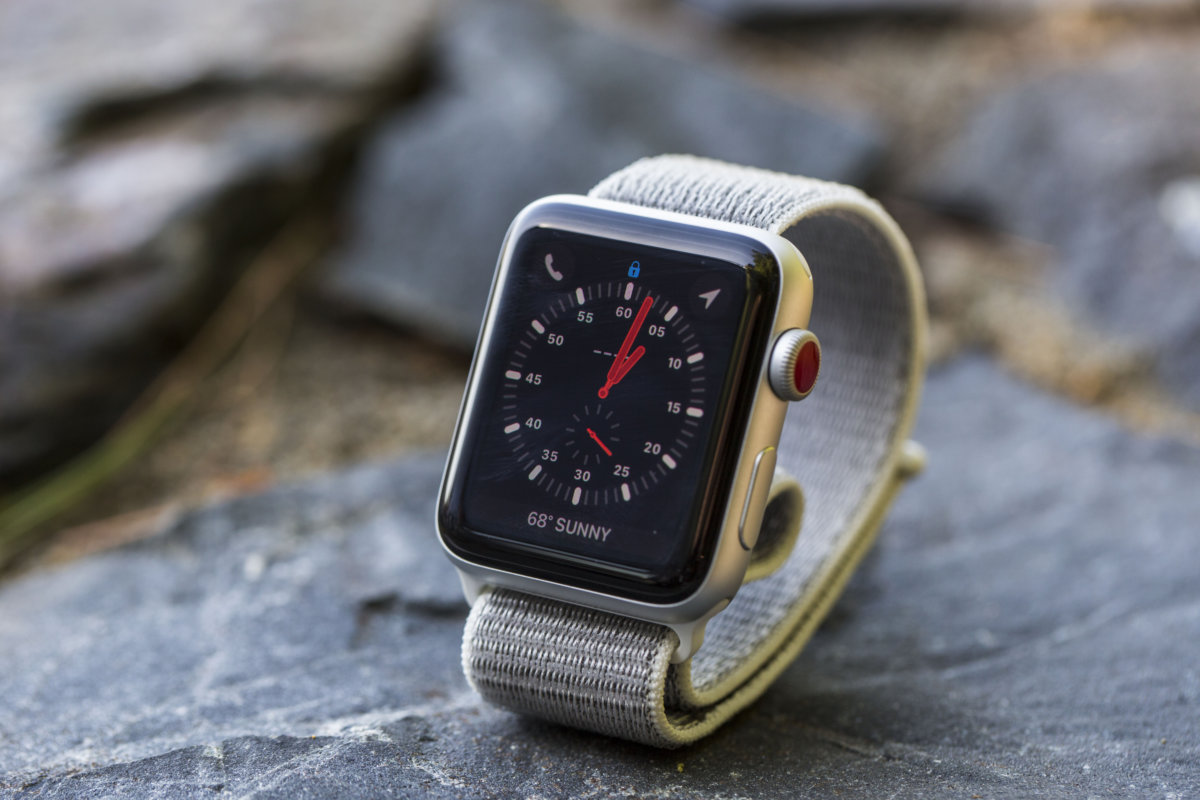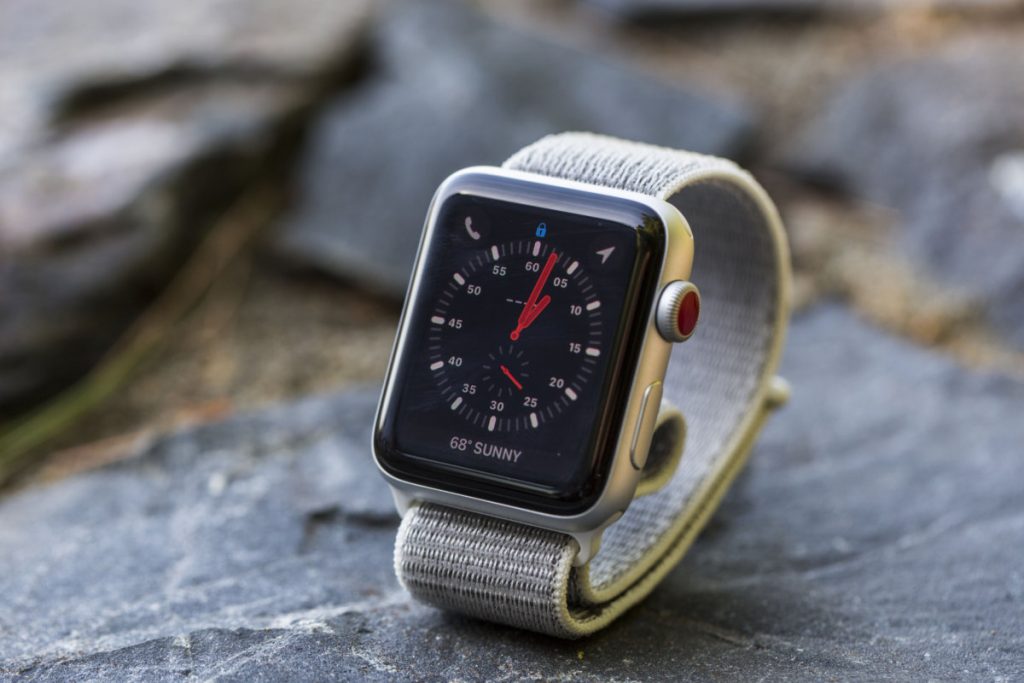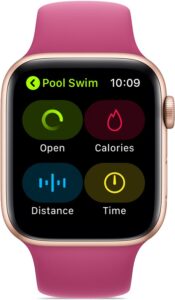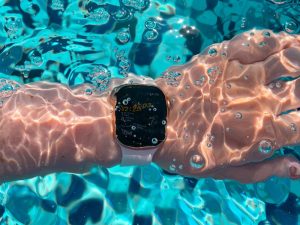
New Apple Watches registered with the EEC
French site Consomac has noticed that six new Apple Watch models have been registered with the EEC
Why six entries? There are different model numbers for LTE and non-LTE Apple Watches, the two different sizes, and Watches made from different materials (Aluminum, Stainless, and Ceramic). For reference, the Apple Watch Series 3 showed up in the EEC with eight listings (two GPS aluminum models and six other models without GPS).
The listing doesn’t tell us anything about the products, other than that they are Apple Watches and run watchOS 5. In the past, such EEC listings popped up just a few weeks before the products were announced or went on sale. It’s a pretty good indicator that the Series 4 is coming this September.
Significantly larger displays
A new report from Ming-Chi Kuo of TF International Securities claims that the new Apple Watch introduced this fall—which we assume will be the Series 4—will come with significantly larger displays. Kuo says the small watch will be 1.57 inches (or 39.9mm), up from 1.33 inches (34mm). The larger model will be 1.78 inches (or 45.2mm), up from 1.53 inches (39mm).
That’s about 38 percent more screen area on the small watch, and about 34 percent more on the large model.
The Apple Watch will still have the same configuration—a rotating crown and a button beneath it—but neither one will actually move inward when clicked (although the crown would still physically rotate). In other words, they would work just as the home button does on the iPhone 7 and 8.
In addition to the new screen dimensions, Kuo reiterated his previous report that the Series 4 will have longer battery life (either through a bigger battery or a more efficient SoC, or both) and better health tracking capabilities.
A “source with direct knowledge of Apple’s plans” has told FastCompany that Apple plans to outfit the Mens Watches with buttons that do not move, but rather simply sense the touch of a finger. The Haptic Engine would then be used to give the button the feel of a click.
There are two expected benefits of this change. First, it makes it easier to make the watch more water-resistant. Second, it frees up a tiny bit of space inside to allow for a larger battery or other internal components. Everything is packed so tightly into a very tiny bit of space that every extra fraction of a millimeter matters.

Plausible? Apple. Hates. Buttons. For decades the company has been practically obsessed with limiting, removing, and minimizing buttons on its devices, from the dogged insistence that the Mac have a one-button mouse all the way up to the removal of the home button on the iPhone. We can easily see this coming true, between that and the aforementioned benefits of the increased internal space, not to mention that the iPhone 7 and 8 (and newer MacBook trackpads) have shown non-moving “buttons” can work fine with the right haptic response. The only real question is if it will happen this year or next.
All of these things make sense. Apple is leaning hard into heath and fitness, and Apple Watch is its best expression of that. After several years, it’s time for a better heartrate sensor and Apple has been said to be working on noninvasive continuous glucose monitoring. A new chip fabrication process could improve battery life. And there’s enough bezel around the display in an Apple Watch to make the display area 15% larger without actually changing the case size or shape, so all our watch bands will still work.







